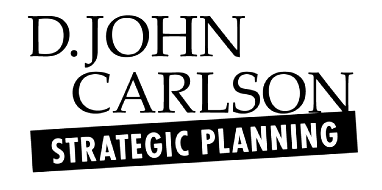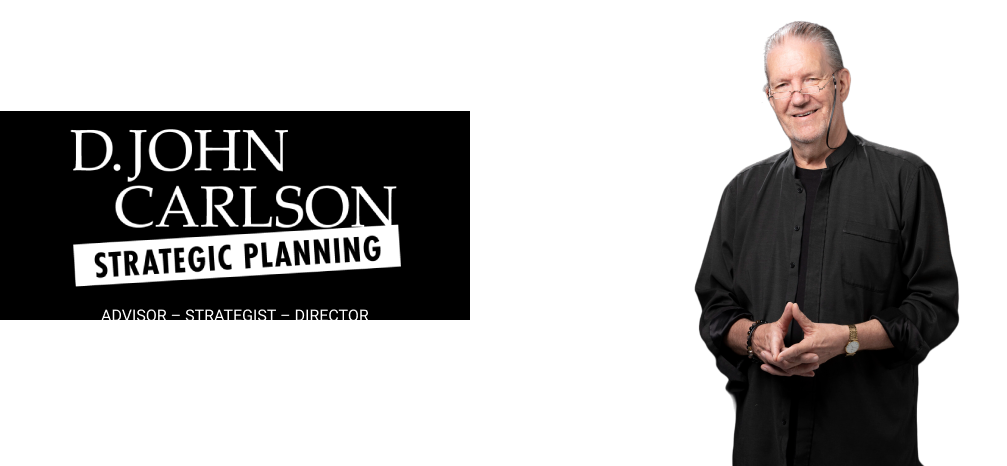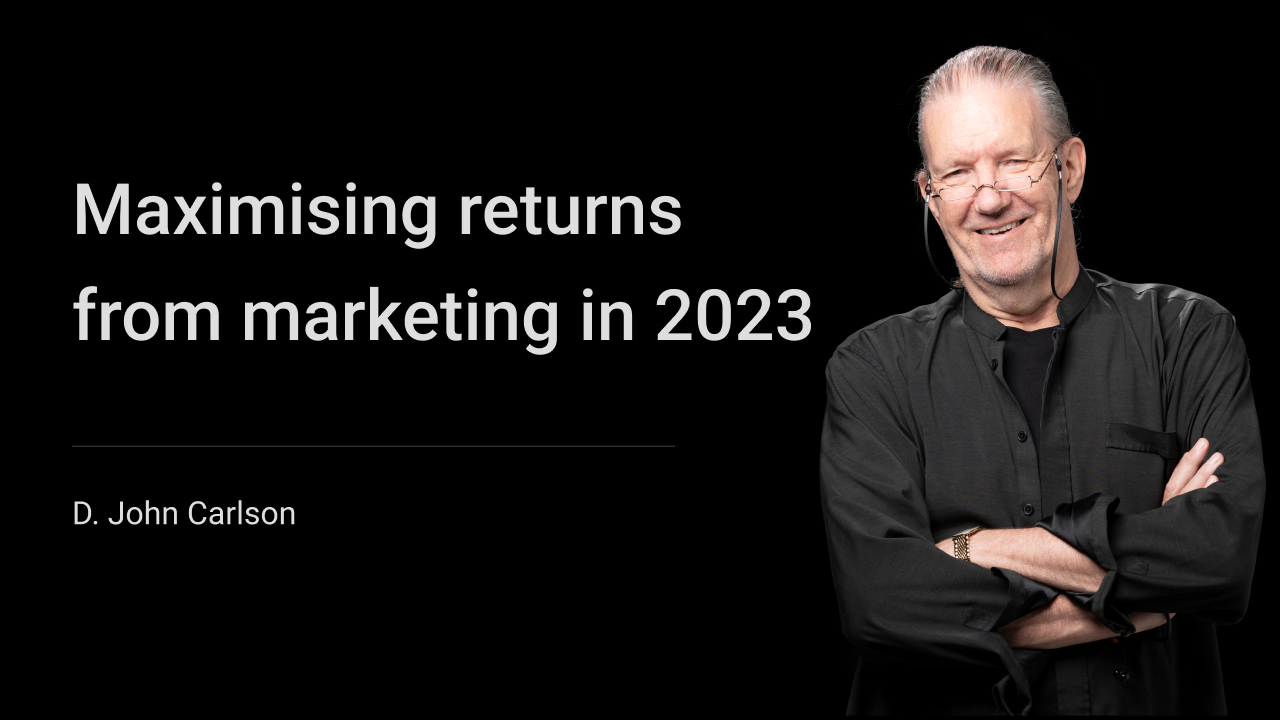Eliminate waste. Establish a panel. Prioritise video. Eliminate barriers. Develop a culture. Personalise everything. Whatever your marketing strategy for 2023 and beyond, whatever your industry or the size of your business, there are a range of initiatives you can and need to look at to maximise the return on your investment in marketing in 2023. In preparing for 2023, my research has highlighted six strategies I believe businesses in every industry sector and of all sizes should prioritise to maximise the return on their investment in marketing in 2023. These strategies draw from those discussed in previous missives published this year and lead into next week’s missive on digital transformation. STRATEGIES ELIMINATE WASTE – in both time and money. The February 06 missive, entitled ‘Reducing marketing costs in 2023’, discusses a number of strategies that every business needs to address in early 2023 if the return on investment…


 Back
Back
